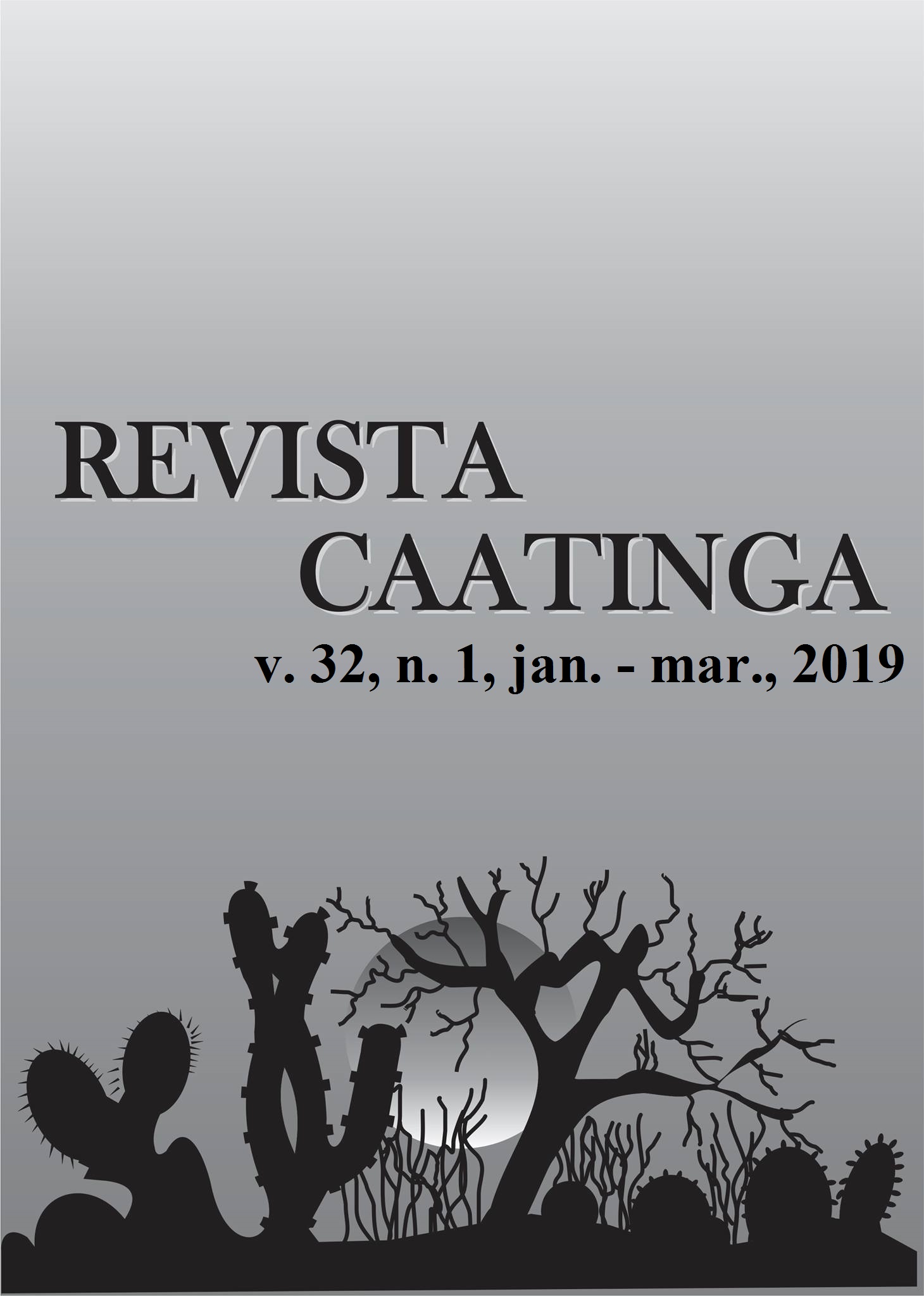A COMPARISON OF NONLINEAR MODELS FOR DESCRIBING WEIGHT-AGE DATA IN ANGLO-NUBIAN DOES
DOI:
https://doi.org/10.1590/1983-21252019v32n125rcKeywords:
Anglo nubian. Weight gain. Age. Asymptotic weight. Growth rate.Abstract
The objective of this study was to determine the optimum age at last weighing and compare the goodness of fit of nonlinear models used to fit longitudinal weight-age data to describe the growth pattern of Anglo-Nubian does. Weights of 104 animals from birth to 60 months of age were grouped into 10 age groups at six-month intervals. In each age group, parameters A (asymptotic weight), B (integration constant), and K (maturity index) were estimated using the Brody, Gompertz, logistic, and von Bertalanffy models. Data were analyzed using analysis of variance in a factorial design (10 age groups × 4 nonlinear models). The age group × model interaction was not significant. Mean estimates of A, B, and K were significantly different between age groups up to 30 months (p < 0.05), indicating that the estimated curve is affected by weights taken before this age independent of the model. The values of mean squared error (MSE), mean absolute deviation (MAD), coefficient of determination (R²) and Rate of convergence (RC) at each age group up to 30 months were compared to determine the goodness of fit of nonlinear models. The ranking of fit was logistic, Brody, von Bertalanffy, and Gompertz. The logistic and Brody models respectively estimated the smallest and largest asymptotic weight. Longitudinal weight records taken until 30 months of age are most appropriate for estimating the growth of Anglo-Nubian does using nonlinear models.
Downloads
Downloads
Published
Issue
Section
License
Os Autores que publicam na Revista Caatinga concordam com os seguintes termos:
a) Os Autores mantêm os direitos autorais e concedem à revista o direito de primeira publicação, com o trabalho simultaneamente licenciado sob a Licença Creative Commons do tipo atribuição CC-BY, para todo o conteúdo do periódico, exceto onde estiver identificado, que permite o compartilhamento do trabalho com reconhecimento da autoria e publicação inicial nesta revista, sem fins comerciais.
b) Os Autores têm autorização para distribuição não-exclusiva da versão do trabalho publicada nesta revista (ex.: publicar em repositório institucional ou como capítulo de livro), com reconhecimento de autoria e publicação inicial nesta revista.
c) Os Autores têm permissão e são estimulados a publicar e distribuir seu trabalho online (ex.: em repositórios institucionais ou na sua página pessoal) a qualquer ponto antes ou durante o processo editorial, já que isso pode gerar alterações produtivas, bem como aumentar o impacto e a citação do trabalho publicado (Veja O Efeito do Acesso Livre).







